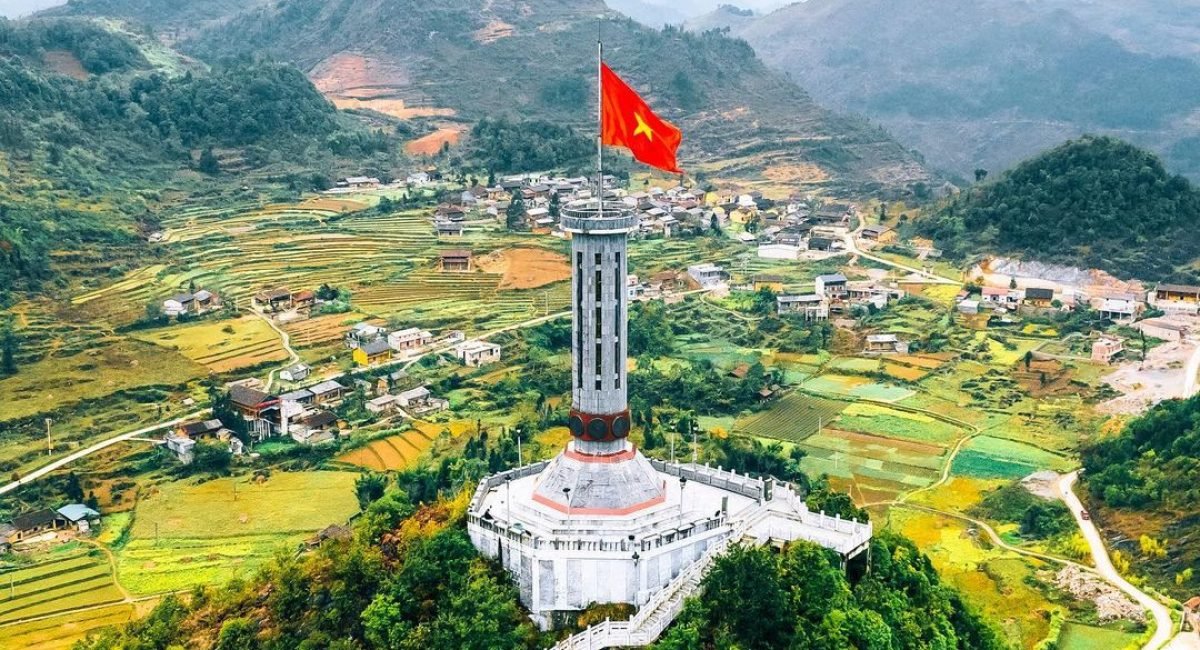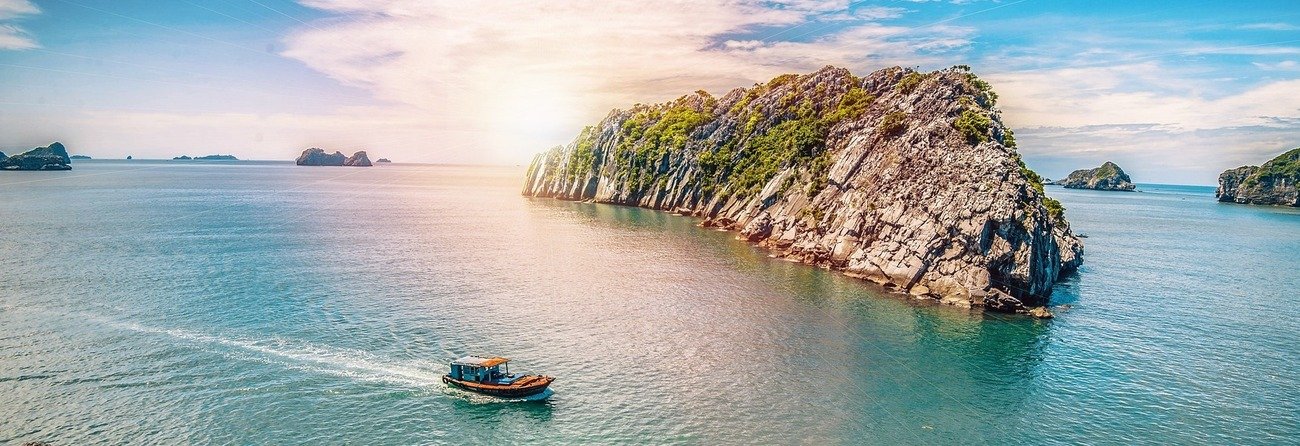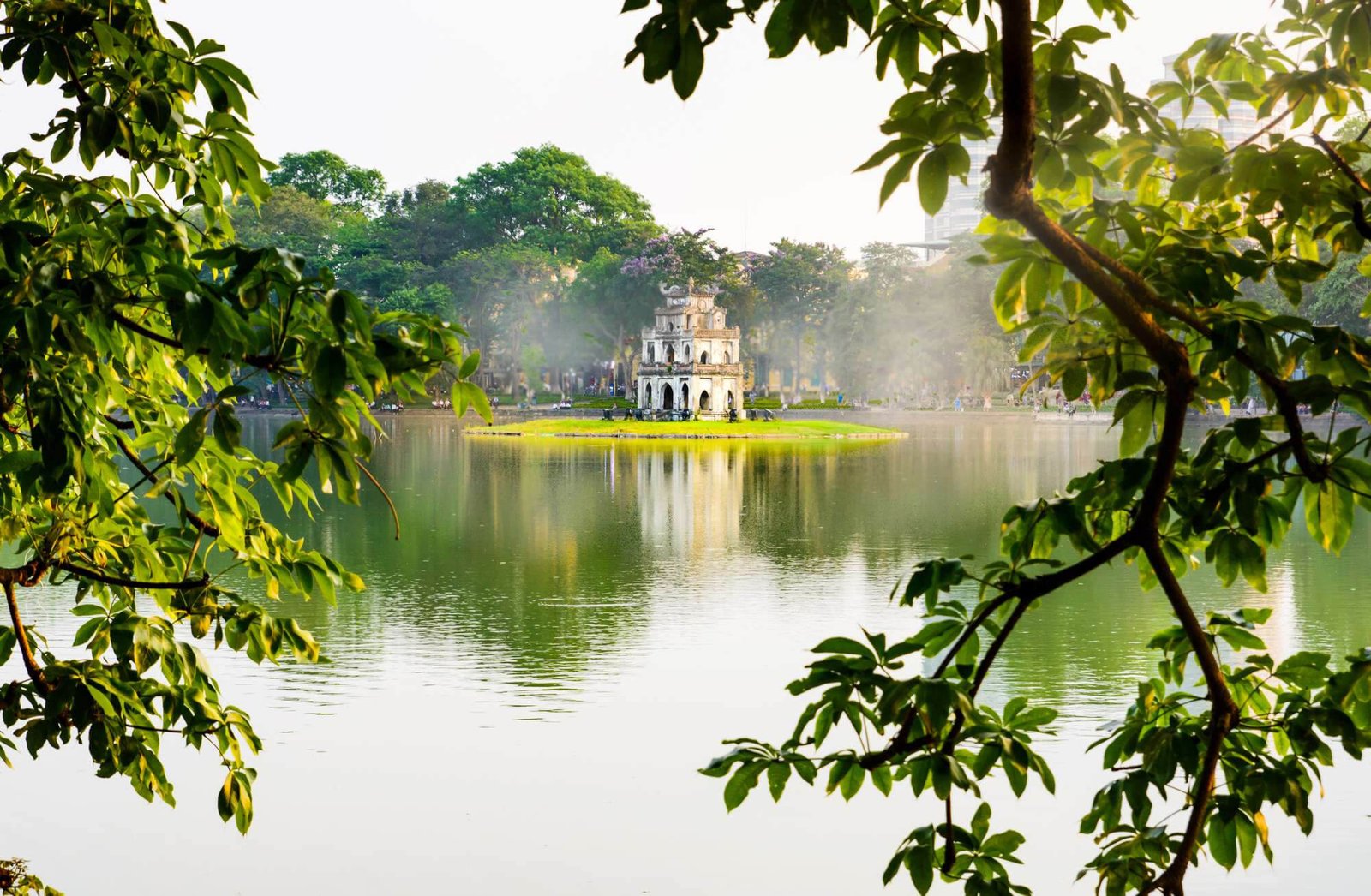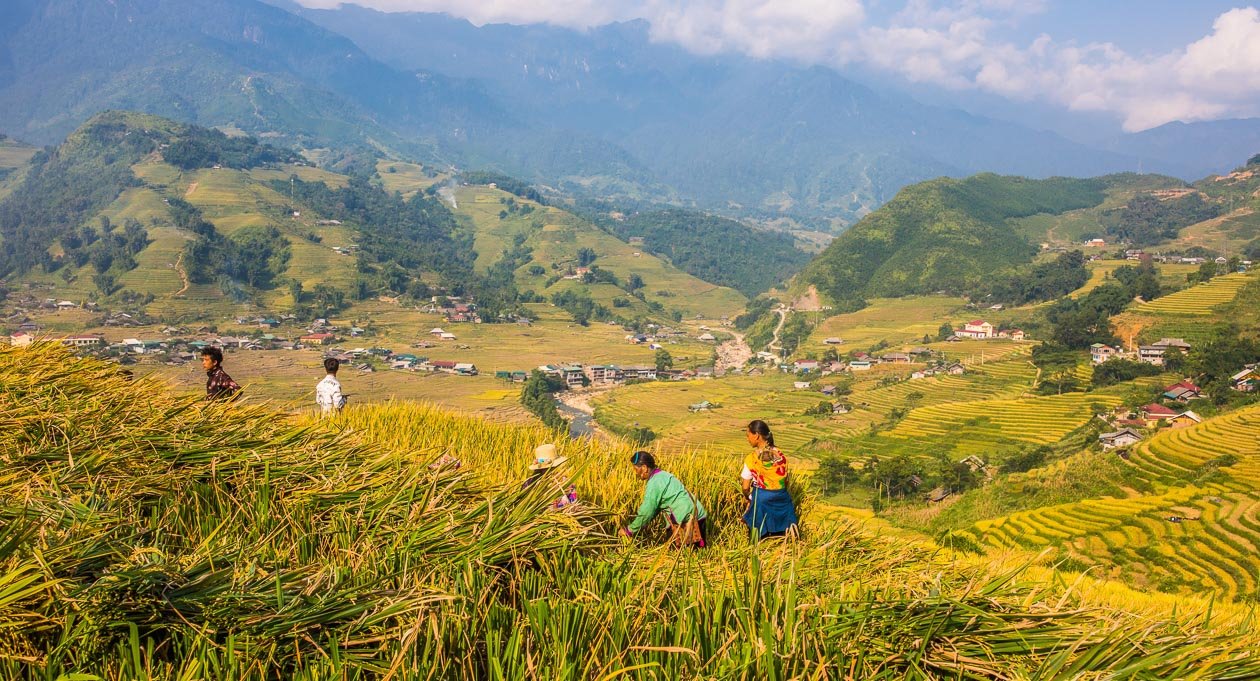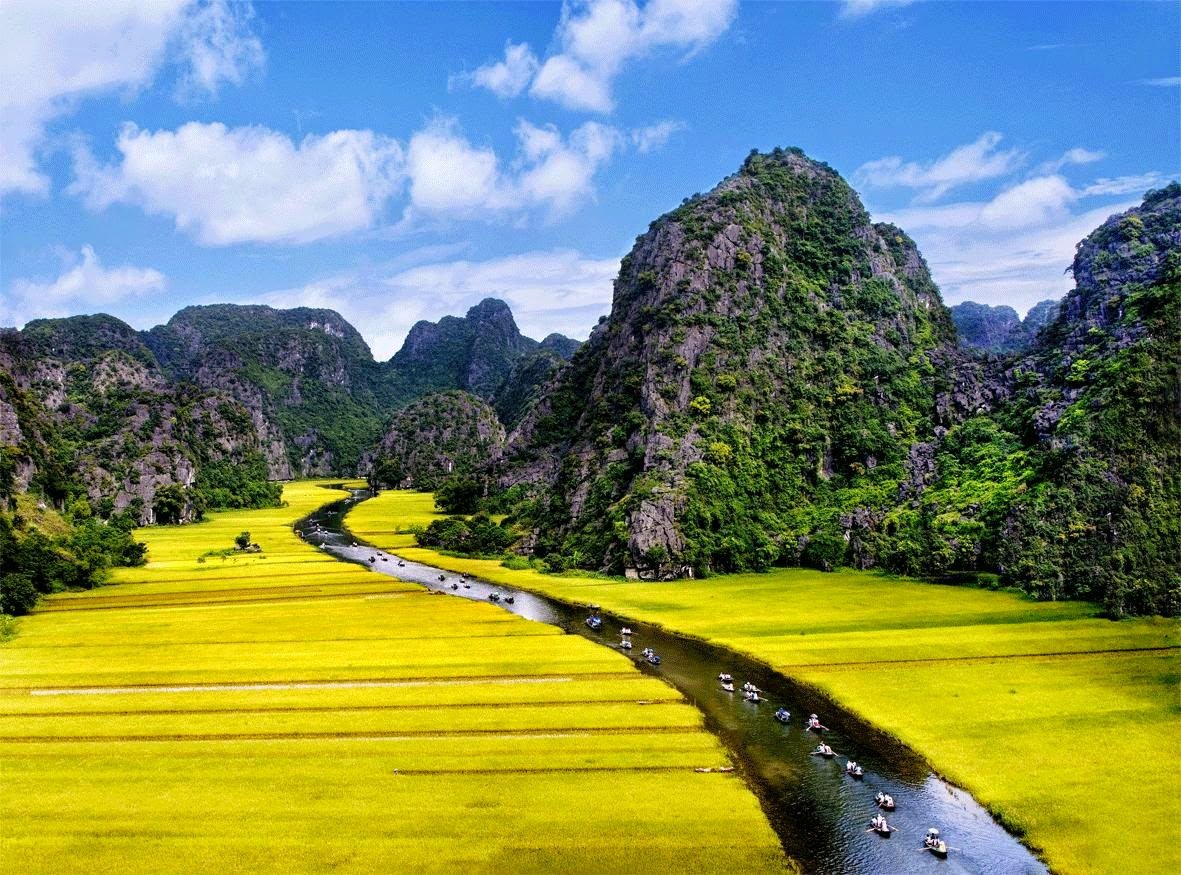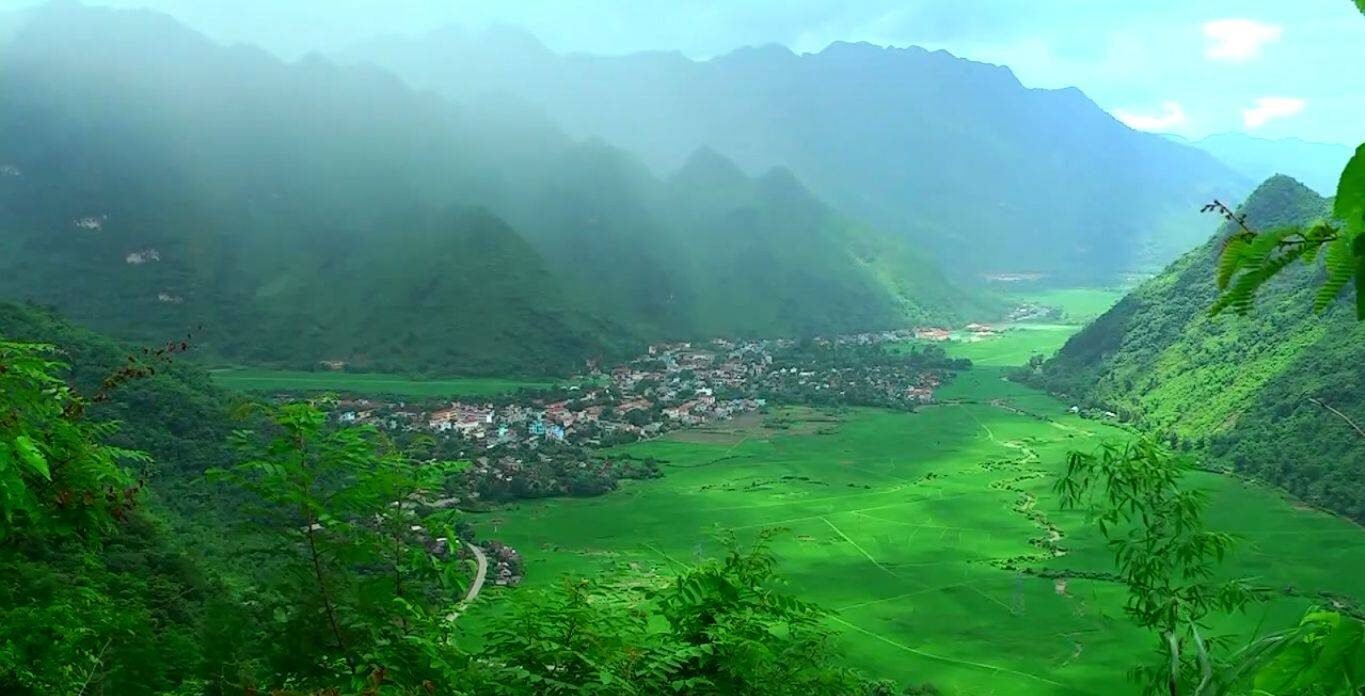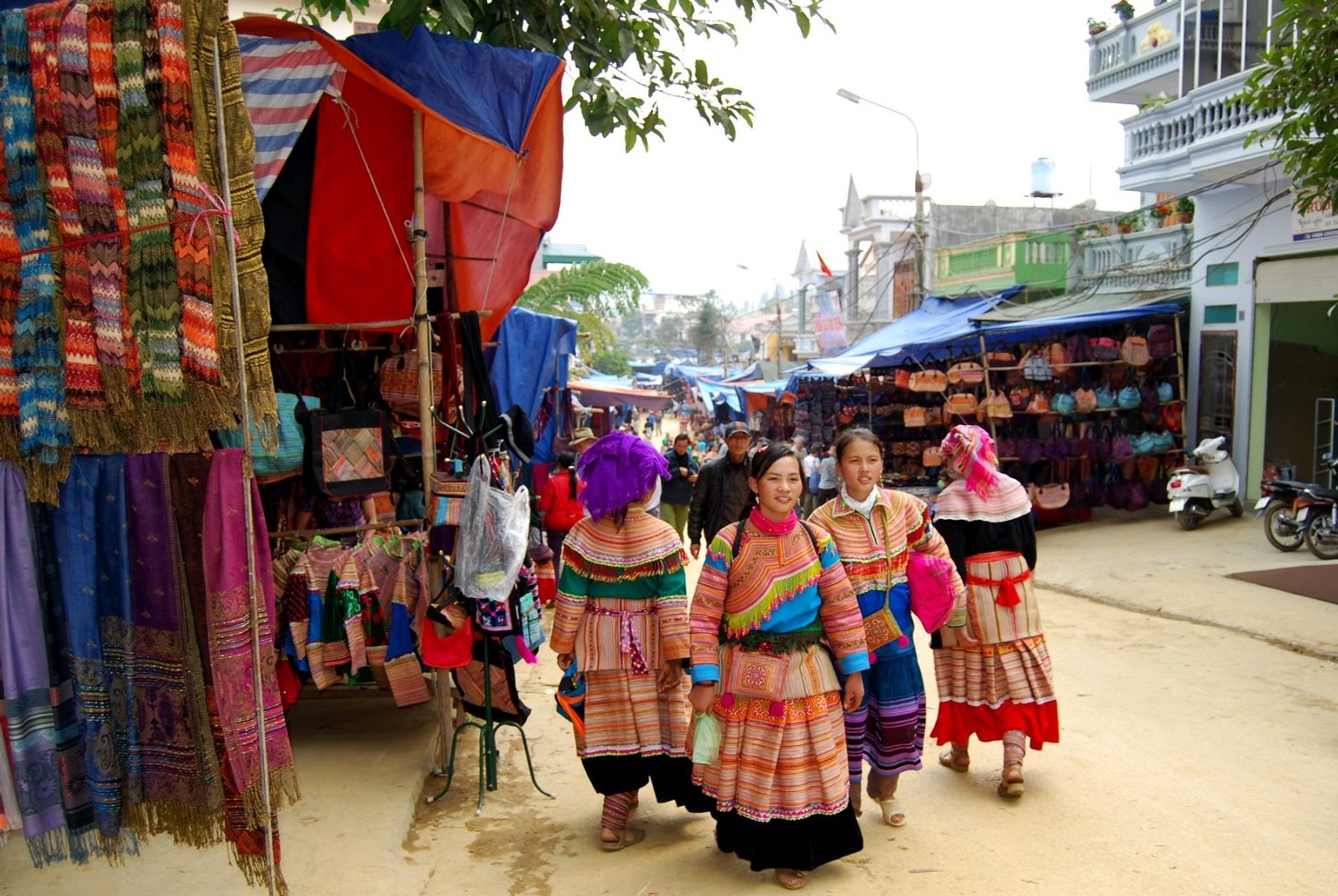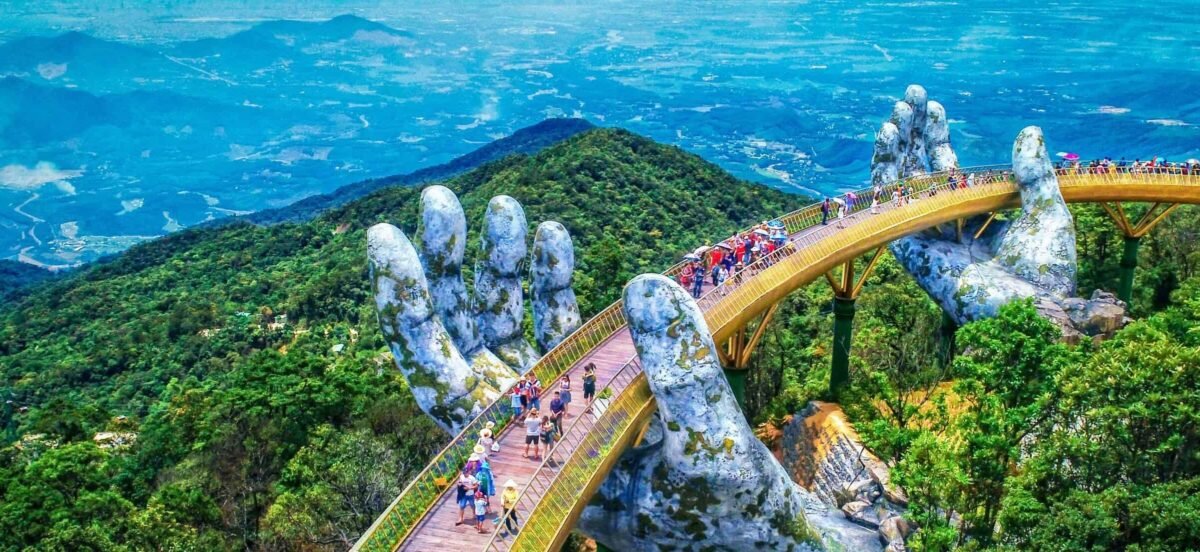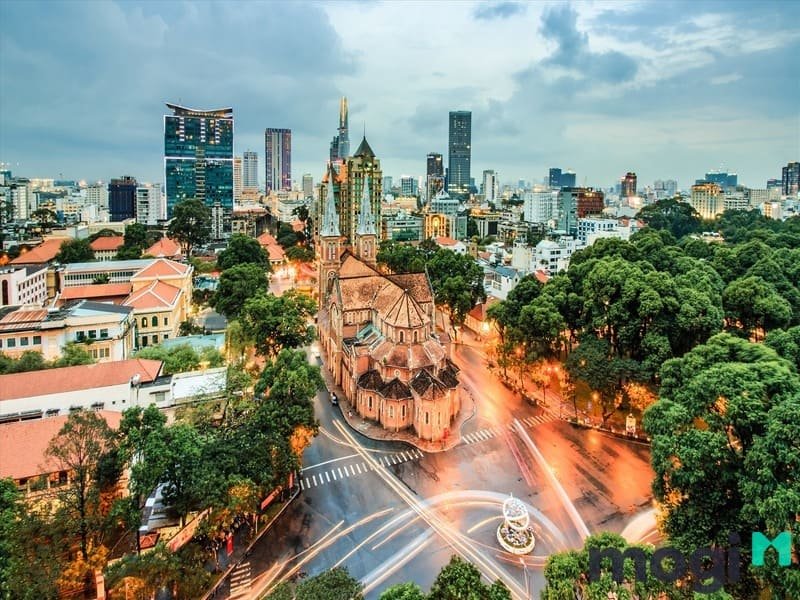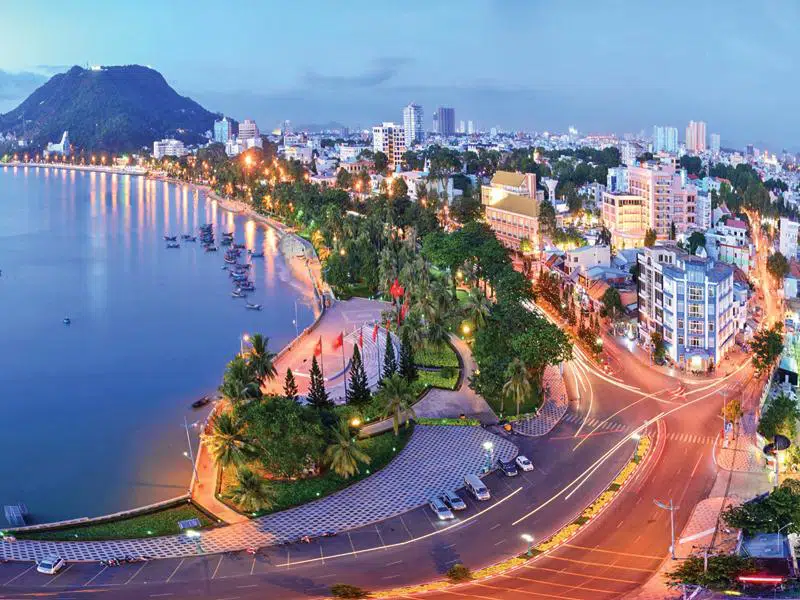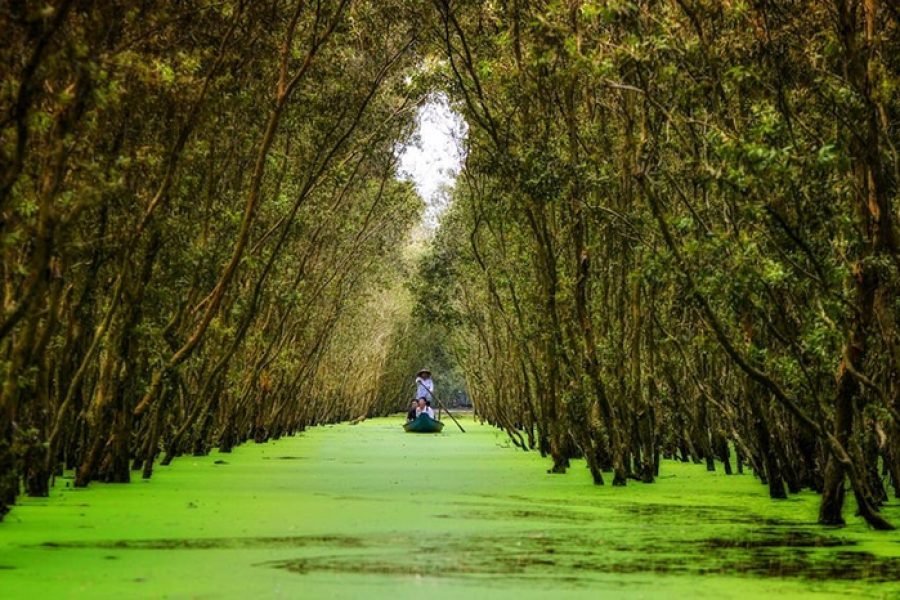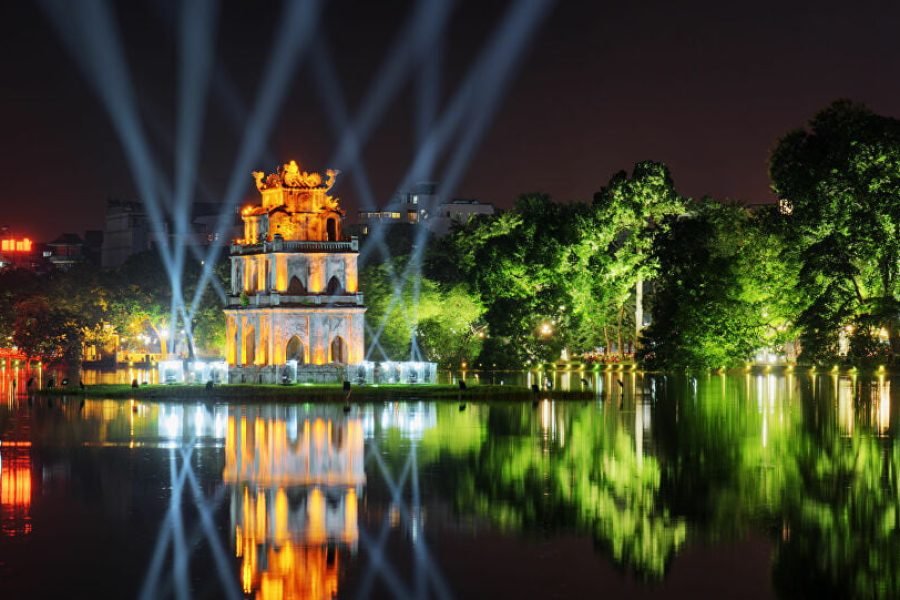Vietnam Travel Guide: An Unforgettable Journey Through a Land of Contrasts
Location
Vietnam, officially known as the Socialist Republic of Vietnam is located in Southeast Asia, on the eastern coast of the Indochinese Peninsula. With a rich history, diverse culture, and breathtaking natural landscapes, Vietnam has become a popular destination for travelers from around the world. It borders China to the north, Laos and Cambodia to the west, and the South China Sea to the east. Vietnam is a long and narrow country, stretching over 1,600 kilometers (1,000 miles) from north to south.
Best Time to Visit
The best time to visit Vietnam is during the dry season, which runs from November to April. During this time, you can expect clear skies and pleasant temperatures, making it ideal for exploring the country’s many attractions.
However, each season in Vietnam offers its unique charms:
- Dry Season (November-April): Ideal for exploring the country, with clear skies and pleasant temperatures.
- Green Season (May-October): Lush landscapes and fewer crowds, but expect occasional rain.
- Summer (May-August): Hot and humid, but perfect for beach vacations.
Visa Requirements
Citizens of most countries require a visa to enter Vietnam. Visas can be obtained online, at Vietnamese embassies or consulates, or on arrival at major airports. Visa-free entry is available for citizens of certain countries for short stays.
Currency
The official currency of Vietnam is the Vietnamese Dong (VND). ATMs are widely available, and credit cards are accepted in most major tourist areas. However, it’s always a good idea to have some cash on hand for smaller purchases and in rural areas.
Accommodation
Vietnam offers a wide range of accommodation options, from budget hostels to luxury resorts. Prices vary depending on the season and location. Booking in advance is recommended, especially during peak season.
Transportation
Getting around Vietnam is relatively easy and affordable. Here are the main transportation options:
- Domestic Flights: Vietnam Airlines and VietJet Air offer domestic flights connecting major cities.
- Trains: Vietnam Railways operates train services throughout the country, offering a comfortable and scenic way to travel.
- Buses: Long-distance buses are an affordable option, but can be crowded and uncomfortable.
- Taxis and Motorbikes: Taxis are readily available in cities, while motorbikes can be rented for exploring rural areas.
Top Destinations
Vietnam is home to a diverse range of destinations, each with its unique character and attractions. Here are some of the must-visit places:
- Hanoi: The bustling capital city, known for its ancient temples, French colonial architecture, and vibrant street life.
- Ho Chi Minh City (Saigon): The largest city in Vietnam, a melting pot of cultures and a hub for commerce and entertainment.
- Nha Trang: A popular beach destination, offering crystal-clear waters, pristine beaches, and a lively nightlife.
- Da Nang: A coastal city known for its stunning beaches, Marble Mountains, and Dragon Bridge.
- Halong Bay: A UNESCO World Heritage Site, featuring thousands of limestone karsts rising from the emerald waters.
- Hoi An: An ancient town known for its well-preserved architecture, colorful lanterns, and delicious street food.
- Hue: The former imperial capital of Vietnam, home to the magnificent Hue Citadel and the serene Thien Mu Pagoda.
- Sapa: A mountain town in the northwest, offering stunning views of the Hoang Lien Son mountains and rice terraces.
- Mekong Delta: A vast network of rivers and canals, home to floating markets, lush rice paddies, and traditional villages.
Things to Do
There’s no shortage of things to do in Vietnam. Here are some of the top experiences:
- Visit ancient temples and historical sites, such as the Temple of Literature in Hanoi and the Imperial City in Hue.
- Explore the bustling markets and street food stalls, sampling local delicacies like pho and banh mi.
- Relax on pristine beaches, such as My Khe Beach in Da Nang and Long Beach in Phu Quoc.
- Hike through lush national parks, such as Phong Nha-Ke Bang and Cat Ba National Park.
- Cruise through the picturesque Halong Bay, admiring the towering karsts and hidden caves.
- Learn about Vietnamese history and culture at museums and cultural centers.
- Take a cooking class and learn to prepare traditional Vietnamese dishes.
- Enjoy a traditional water puppet show, a unique Vietnamese art form.
Health and Safety
- Vietnam is generally a safe country for travelers, but it’s always important to be aware of your surroundings and take precautions against petty crime.
- Tap water in Vietnam is not safe to drink. Drink bottled water or boil tap water before drinking.
- Mosquitoes can carry diseases such as dengue fever and malaria. Use insect repellent and wear long sleeves and pants, especially at dawn and dusk.
- Get vaccinated against typhoid and hepatitis A before traveling to Vietnam.
Culture and Etiquette
- Vietnamese people are generally friendly and welcoming.
- It’s considered polite to greet people with a smile and a nod.
- Avoid speaking loudly in public.
- Dress modestly, especially when visiting temples and other religious sites.
- Remove your shoes before entering someone’s home.
- It’s not customary to tip in Vietnam, but it’s becoming more common in tourist areas.
Money and Costs
- The Vietnamese Dong (VND) is the official currency of Vietnam.
- ATMs are widely available in major cities and tourist areas.
- Credit cards are accepted in most major hotels, restaurants, and shops.
- Vietnam is a relatively affordable country to travel in. Budget travelers can expect to spend around $20-30 per day, while mid-range travelers can expect to spend around $50-100 per day.
Getting Around
- Vietnam has a good transportation infrastructure, with a variety of options available for getting around the country.
- Domestic flights are a convenient and relatively affordable way to travel between major cities.
- Trains are a comfortable and scenic way to travel, but can be slow.
- Buses are a budget-friendly option, but can be crowded and uncomfortable.
- Taxis and motorbikes are readily available in cities and tourist areas.
Things to Pack
- Light clothing and comfortable shoes for exploring.
- Sunscreen, insect repellent, and a hat.
- A first-aid kit.
- A raincoat or umbrella, especially during the rainy season.
- A camera to capture the beautiful scenery and experiences.
- A Vietnamese phrasebook or translation app.
Other Tips
- Learn a few basic Vietnamese phrases to enhance your interactions with locals.
- Book your flights and accommodation in advance, especially during peak season.
- Respect local customs and traditions.
- Be prepared for culture shock and embrace the differences you encounter.
- Have fun and enjoy your travels in Vietnam!
Additional Information for Vietnam Travel Guide
Sustainable Tourism
- Vietnam is a beautiful country with a rich culture and natural heritage. It’s important to be a responsible traveler and minimize your impact on the environment.
- Choose tour operators that are committed to sustainable practices.
- Reduce your plastic consumption by bringing a reusable water bottle and shopping bag.
- Support local businesses and communities by buying souvenirs and products made in Vietnam.
- Respect the local culture and traditions.
Off-the-Beaten-Path Destinations
- In addition to the popular tourist destinations, Vietnam has many hidden gems waiting to be discovered.
- Consider visiting the ancient town of Hoi An, with its well-preserved architecture and colorful lanterns.
- Trek through the stunning Hoang Lien Son mountains in the northwest.
- Explore the Mekong Delta, a vast network of rivers and canals, home to floating markets and traditional villages.
- Visit the remote beaches of Phu Quoc, known for their crystal-clear waters and white sand.
Food and Drink
Vietnamese cuisine is renowned for its fresh ingredients, bold flavors, and use of herbs and spices. Must-try dishes include pho (noodle soup), bun cha (grilled pork with noodles), and goi cuon (fresh spring rolls). Vietnam is also known for its delicious coffee, which is often enjoyed with condensed milk.
- Vietnamese cuisine is one of the most diverse and delicious in Southeast Asia.
- Be sure to try some of the local specialties, such as pho (noodle soup), bun cha (grilled pork with noodles), and goi cuon (fresh spring rolls).
- Vietnam is also known for its delicious coffee, which is often enjoyed with condensed milk.
- For a truly authentic experience, try some of the street food, which is often fresh and flavorful.
Festivals and Events
- Vietnam has a rich cultural heritage, and there are many festivals and events held throughout the year.
- Some of the most popular festivals include the Tet Lunar New Year, the Mid-Autumn Festival, and the Hue Festival.
- Attending a festival is a great way to learn about Vietnamese culture and traditions.
Volunteering
- If you’re looking for a way to give back during your travels, there are many opportunities to volunteer in Vietnam.
- You can teach English, work with children, or help with environmental conservation projects.
- Volunteering is a great way to make a difference and learn more about the local culture.
In conclusion, Vietnam offers a captivating journey through a land of contrasts. From its vibrant cities to its tranquil countryside, this Southeast Asian gem has something to offer every traveler. Whether you’re exploring the bustling streets of Hanoi, cruising through the stunning karsts of Halong Bay, or immersing yourself in the rich history of Hue, Vietnam’s diverse destinations leave a lasting impression.
The country’s natural beauty is awe-inspiring, with pristine beaches, lush national parks, and picturesque landscapes. Its cuisine is a delight for food lovers, showcasing a tantalizing array of flavors and fresh ingredients. The warmth and friendliness of the Vietnamese people add an extra layer of charm to the experience.
While Vietnam embraces modernity, it also cherishes its traditions, as seen in its ancient temples, cultural festivals, and traditional art forms. The blend of old and new creates a unique atmosphere that captivates visitors.
As you traverse this captivating country, be prepared to encounter contrasts at every turn—ancient traditions blending with modern influences, bustling cities harmonizing with serene countryside, and vibrant street life coexisting with tranquil natural wonders.
A journey through Vietnam is an unforgettable adventure that will leave you with cherished memories and a deep appreciation for the beauty and diversity of this remarkable nation.

